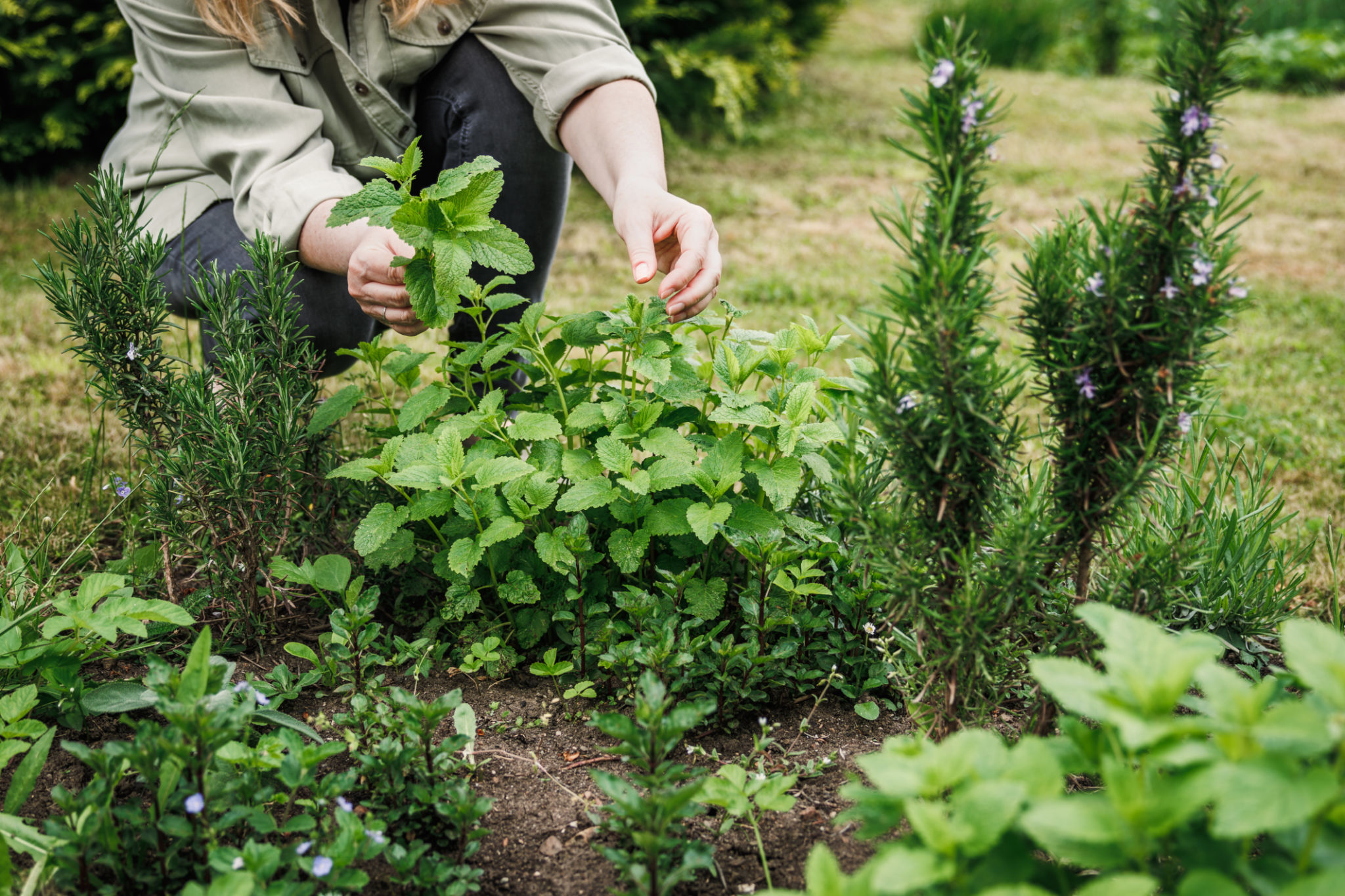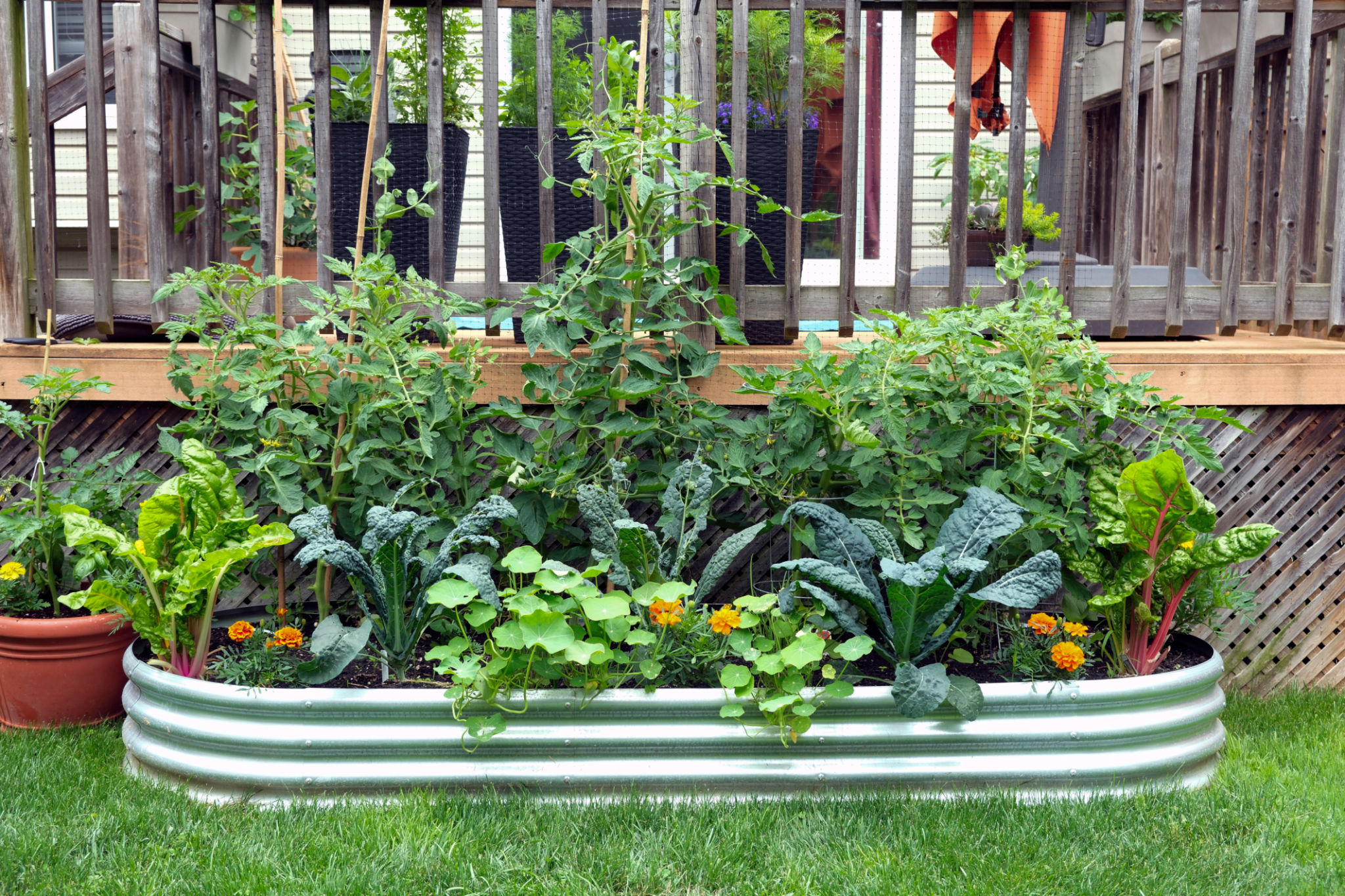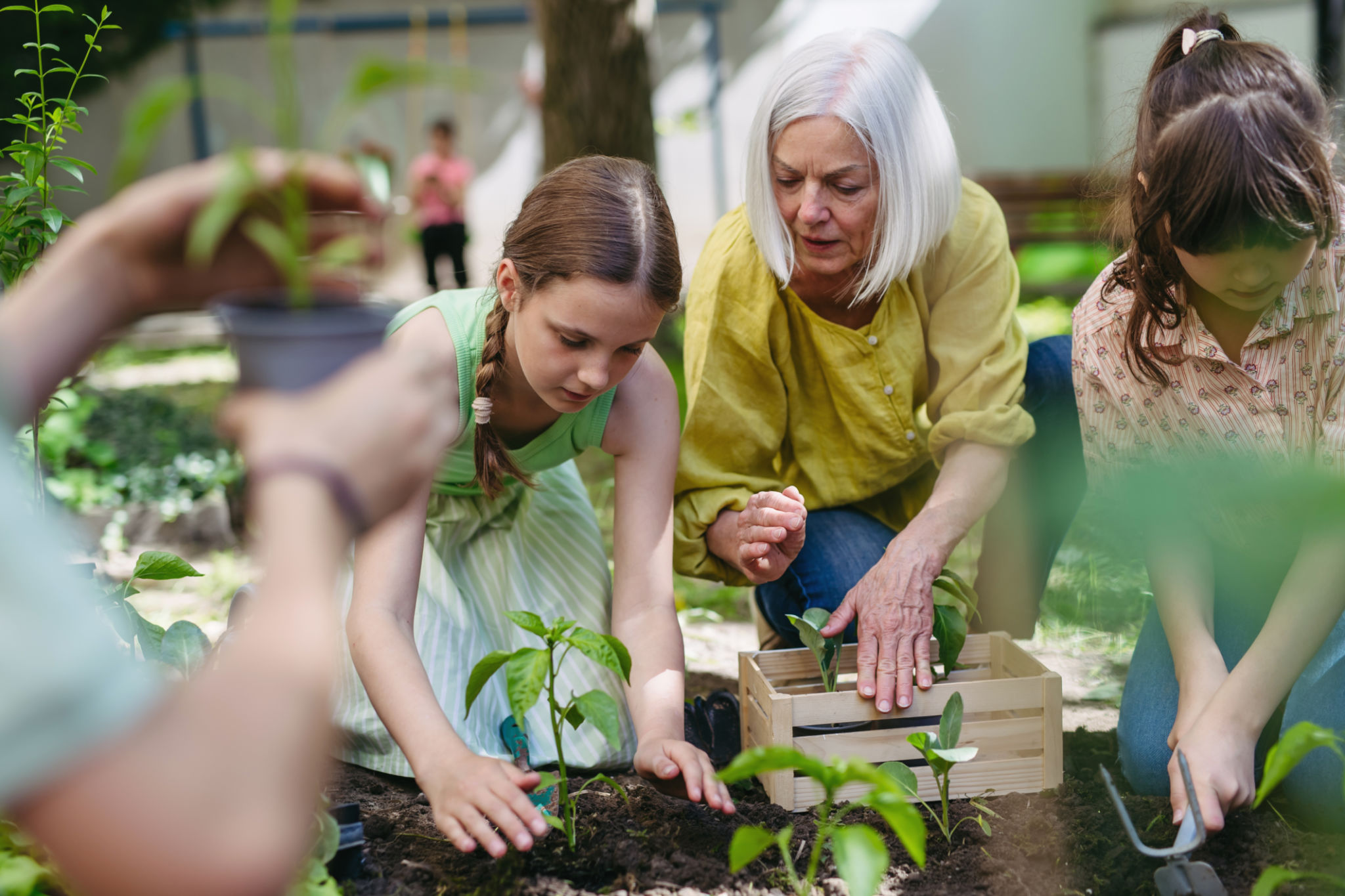DIY Gardening Projects for Rehabilitation: A Step-by-Step Guide
The Healing Power of Gardening
Gardening is not just a hobby; it's a therapeutic activity that can aid physical and mental rehabilitation. Engaging with nature through DIY gardening projects offers a serene escape and encourages mindfulness, making it an ideal activity for those on the path to recovery. This guide will walk you through some simple yet effective gardening projects that can be done at home.
Rehabilitation can be a challenging journey, but incorporating gardening into your routine offers a sense of purpose and accomplishment. From growing herbs to creating a sensory garden, these projects are designed to be accessible and rewarding.

Choosing the Right Plants
Before starting your garden, it's essential to select plants that are easy to care for and align with your climatic conditions. Consider plants that are known for their therapeutic properties, such as lavender, which is renowned for its calming effects. Additionally, herbs like basil and mint not only thrive in various conditions but also offer culinary benefits.
Step 1: Research - Look up plants that are native to your area or are known for their low-maintenance requirements. This will ensure your garden flourishes with minimal effort.

Creating a Raised Bed Garden
For those with mobility challenges, a raised bed garden is an excellent option. It reduces the need to bend down, making gardening more accessible and comfortable. Here's how you can create one:
- Select a Location - Choose a sunny spot in your yard or balcony where the plants will receive adequate sunlight.
- Build the Frame - Use wooden planks to construct a box-like frame. Ensure it's sturdy and at a height that suits you.
- Fill with Soil - Use nutrient-rich soil to fill the bed, providing a fertile ground for your plants.
This setup not only makes gardening easier but also adds an aesthetic appeal to your space.

Designing a Sensory Garden
A sensory garden is designed to engage all five senses, providing a rich, immersive experience. It's particularly beneficial for those undergoing mental rehabilitation. Here’s how you can create one:
- Touch - Include plants with varying textures, such as lamb's ear or soft grasses.
- Sight - Use colorful flowers like marigolds or sunflowers to create visual interest.
- Smell - Incorporate fragrant herbs such as rosemary and thyme.
- Taste - Grow edible plants like cherry tomatoes or strawberries.
- Sound - Add elements like wind chimes or water features to enhance auditory stimulation.

Maintaining Your Garden
Once your garden is set up, maintaining it becomes part of the therapeutic process. Regular tasks such as watering, weeding, and pruning not only keep your garden healthy but also provide routine and structure to your day.
Tip: Use lightweight tools to ease the physical effort required in maintaining your garden, especially if you are recovering from physical injuries.
The Psychological Benefits
The act of nurturing plants has been shown to reduce stress and anxiety levels significantly. By focusing on the growth and changes in your garden, you cultivate patience and resilience—qualities that are invaluable during rehabilitation.
Gardening also fosters a sense of community when shared with family or neighbors, further enhancing its therapeutic benefits.

A Journey of Growth
Diving into DIY gardening projects during rehabilitation is not just about cultivating plants; it's about personal growth and healing. As you watch your garden thrive, you'll find a renewed sense of hope and tranquility in each new leaf and bloom.
Start small, be patient with yourself, and embrace the journey. Your garden, much like your recovery, will flourish with time and care.